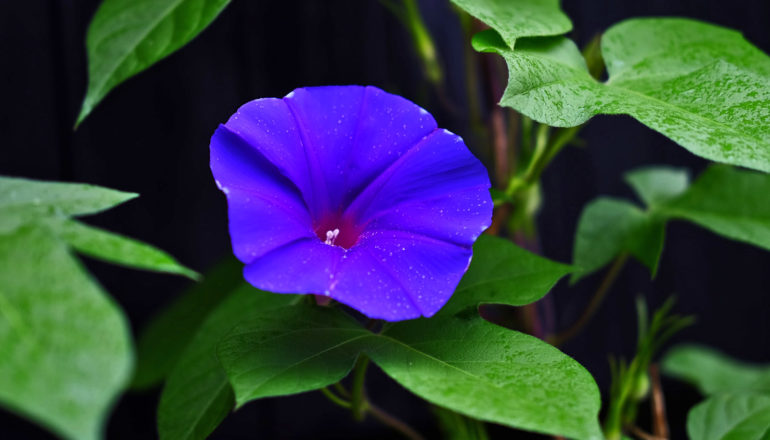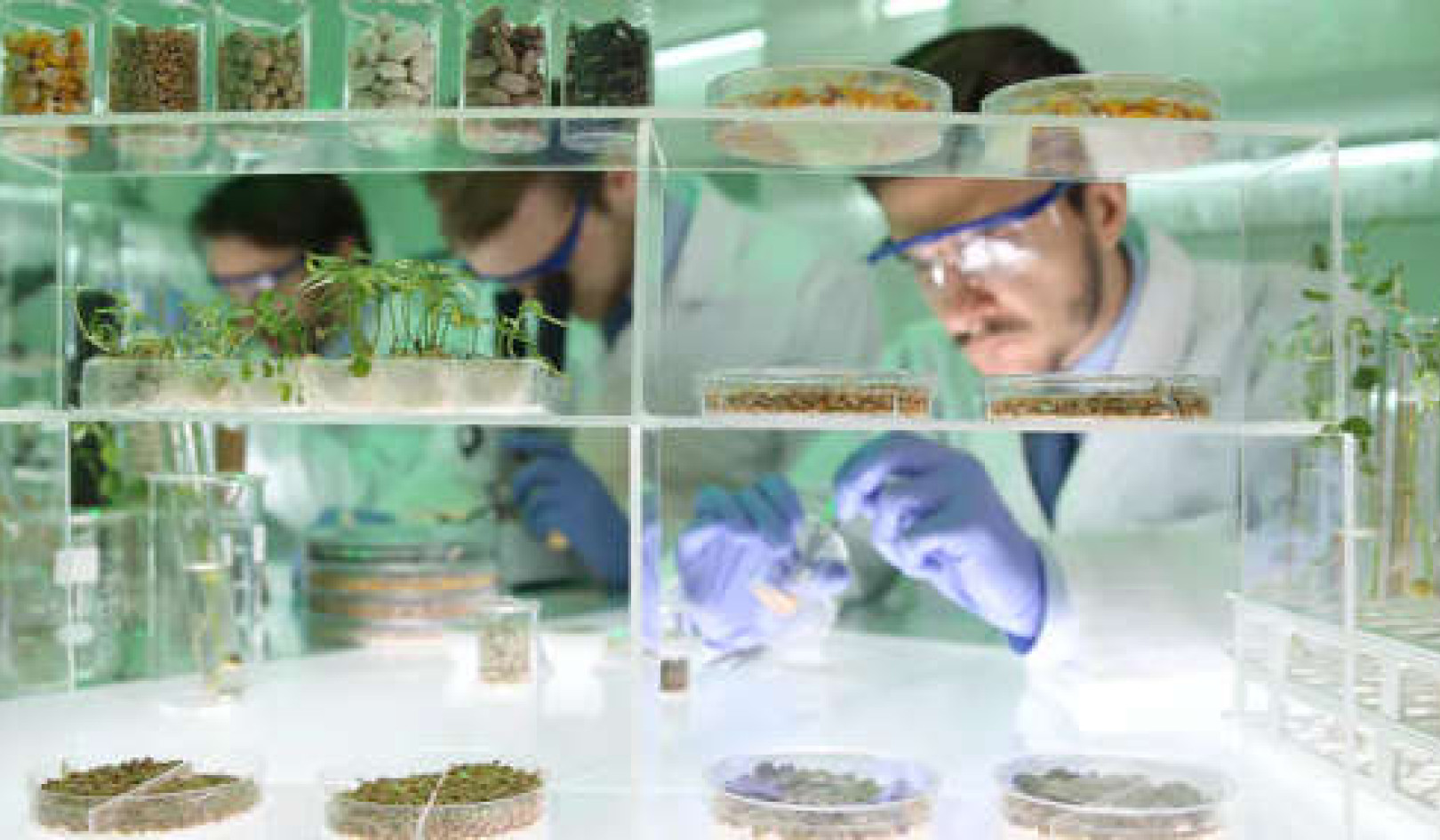
- Home
-
Home & Garden
- Food & Nutrition
Morning Glory Symbiosis May Yield New Psychedelic Drugs
- Barri Bronston-Tulane
- Read Time: 3 mins
nks to a symbiotic fungus, many species of morning glories contain elements of powerful psychedelic drugs called ergot alkaloids, according to new research.The seeds of the common tropical vine, whose namesake trumpet-like blooms only open in the morning, contain compounds that could be useful for treating mental and physical diseases as well as promoting well-being, says plant and fungal biologist Keith Clay, chair of the Tulane University department of ecology and evolutionary biology.
Researchers obtained samples of morning glory seeds from worldwide herbarium collections and screened them for ergot alkaloids, a compound associated with the hallucinogenic drug LSD, but which have also been used for treating migraine headaches and Parkinson’s disease.
Many morning glory species contain high concentrations of bioactive ergot alkaloids that are produced by specialized fungal symbionts passed down from mother plant to offspring through their seeds. Researchers found that one-quarter of over 200 species tested contained ergot alkaloids and were therefore symbiotic.
“The symbiosis and ergot alkaloids are specific to particular branches of the morning glory evolutionary tree, and each branch contains different ergot alkaloids and alkaloid mixtures,” Clay says.
Get The Latest By Email
Ergot alkaloids have had long and convoluted association with humans. Ergot alkaloids get their name from the ergot fungus responsible for deadly outbreaks of Saint Anthony’s Fire in the Middle Ages. The disease results from ingestion of the fungus. The best-known ergot alkaloid is LSD, a synthetic derivative of naturally occurring ergot alkaloids in morning glories produced by their fungal partners.
Indigenous peoples of Central and South America have historically used such alkyloid compounds for for their effects on the human mind and for regulating human reproduction. More recently they have been used for obstetric issues during labor and delivery and for treatment of migraine, Parkinson’s, and other maladies.
“We have known a lot about the fungal alkaloid chemistry and its effects on the mind and body for long time,” Clay says. “Our study is the first to show how highly coevolved morning glories and their symbiotic fungi are, and that coevolution is manifested by different mixtures and concentrations of ergot alkaloids across the morning glory evolutionary tree.”
Coauthors of the study in the journal Communications Biology are from Tulane, Indiana University, and the West Virginia University.
Source: Tulane University
About The Author
Barri Bronston-Tulanebooks_herbs
LATEST ARTICLES

Does Coffee Burn More Fat During Exercise?
Saturday, 03 April 2021 08:08Coffee, green tea and other caffeinated drinks are a popular way to start the morning. Not only does it give many people a much-needed boost, but caffeine can also help when it comes to fitness.

How Scientists Make Plant-based Foods Taste and Look More Like Meat
Wednesday, 12 May 2021 08:30In 2019, Burger King Sweden released a plant-based burger, the Rebel Whopper, and the reaction was underwhelming. So, the company challenged its customers to taste the difference.

What Actually Is Catnip and Is It Safe For My Cat?
Monday, 24 May 2021 08:28There are many valid theories to explain the global appeal of cats, including our obsession with watching videos of them online. In terms of cats’ pure entertainment value, however, our...

Volunteering in Late Life: A Shield Against Cognitive Decline and Dementia
Tuesday, 25 July 2023 16:09Volunteering in late life may be more than just a noble act of giving back to the community; it could be a critical factor in safeguarding the brain against cognitive decline and dementia.

5 Things That Can Interfere with Clear Interspecies Communication
Tuesday, 18 May 2021 16:15In my blog posts, free resources, and courses, I talk a lot about the things that we can do to support and develop our inborn, natural interspecies communication abilities. In this post, I...

The Silent Heartbreaker: How Loneliness Impacts Diabetics' Heart Health
Thursday, 27 July 2023 22:59Loneliness can profoundly impact our physical and emotional health, and a new study from Tulane University has shed light on its significant role in the development of cardiovascular disease among...
New Attitudes - New Possibilities
InnerSelf.com | ClimateImpactNews.com | InnerPower.net
MightyNatural.com | WholisticPolitics.com | InnerSelf Market
Copyright ©1985 - 2021 InnerSelf Publications. All Rights Reserved. - Food & Nutrition

